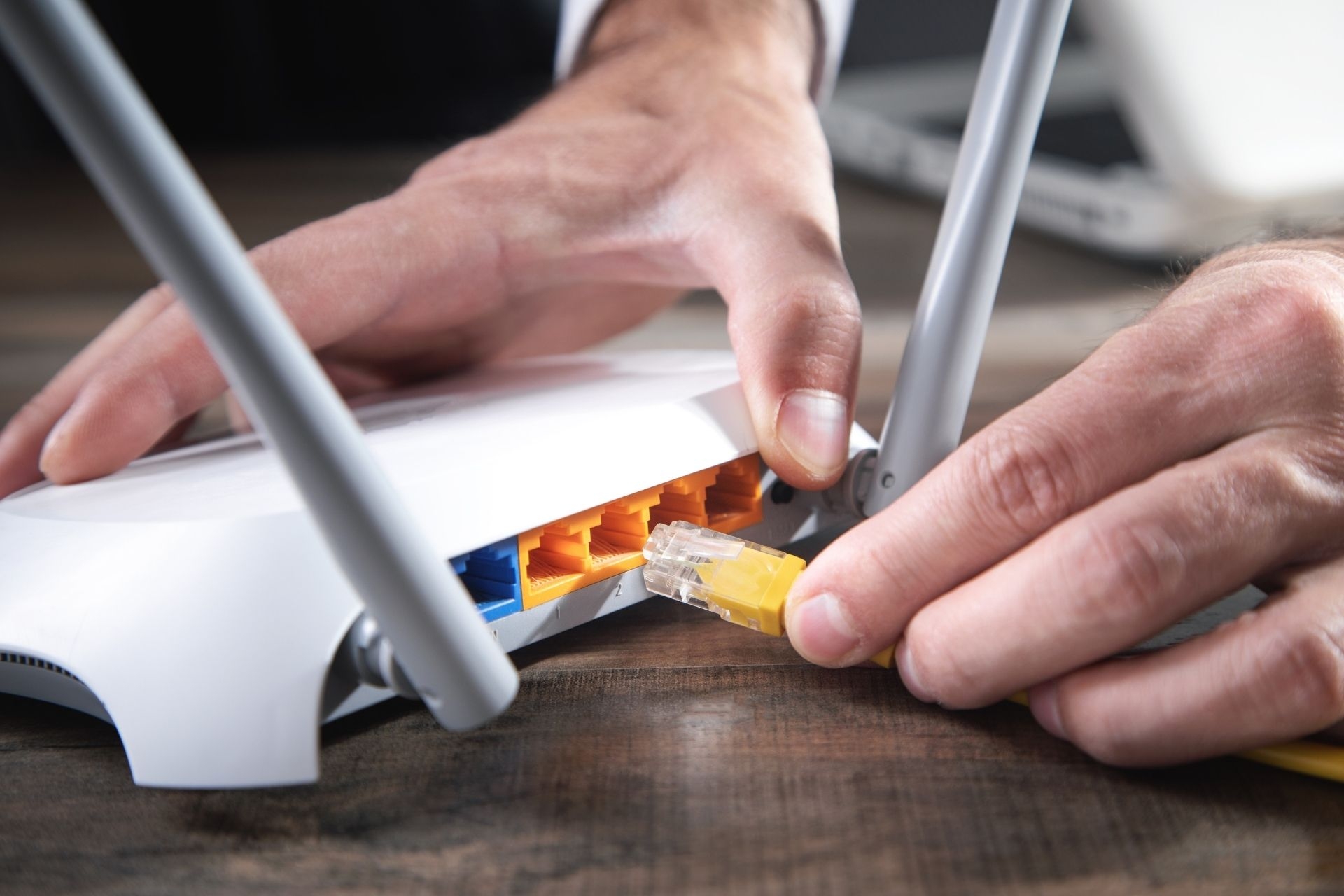Insertion Loss Measurement
What is insertion loss and how is it defined in the context of signal transmission?
Insertion loss refers to the decrease in signal power that occurs when a component is inserted into a transmission line. In the context of signal transmission, insertion loss is defined as the amount of signal power lost as it passes through a fiber optic system. It is typically measured in decibels (dB) and is a critical factor in determining the overall performance and efficiency of the system.






